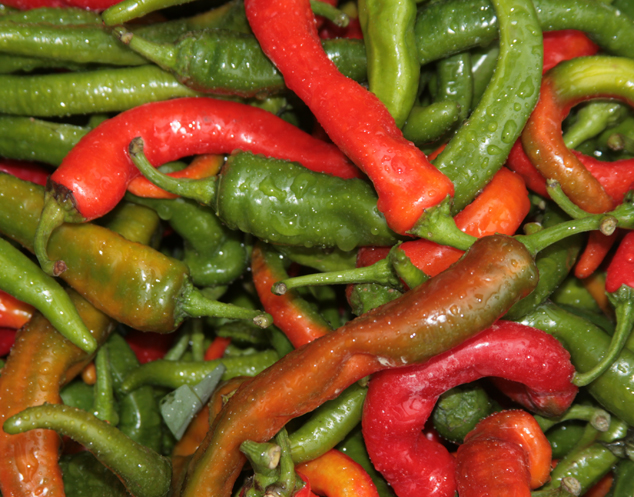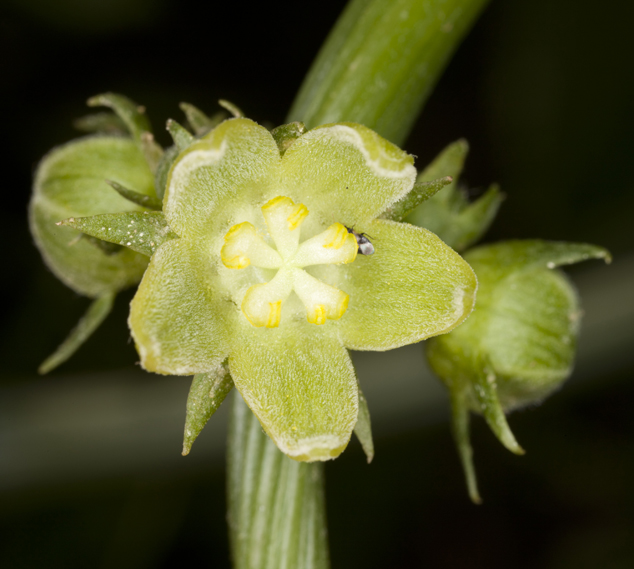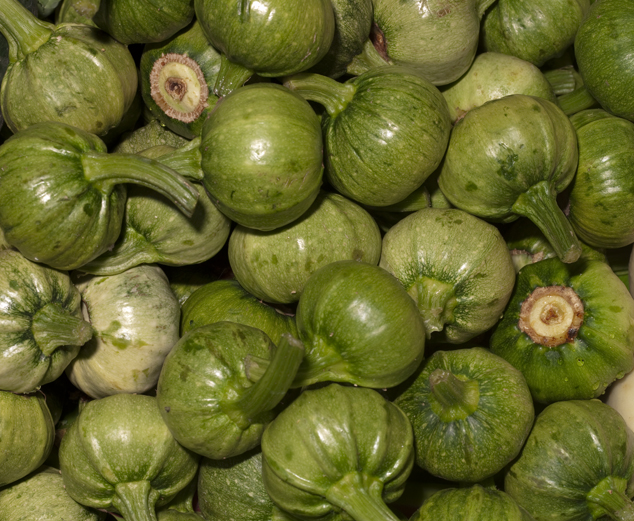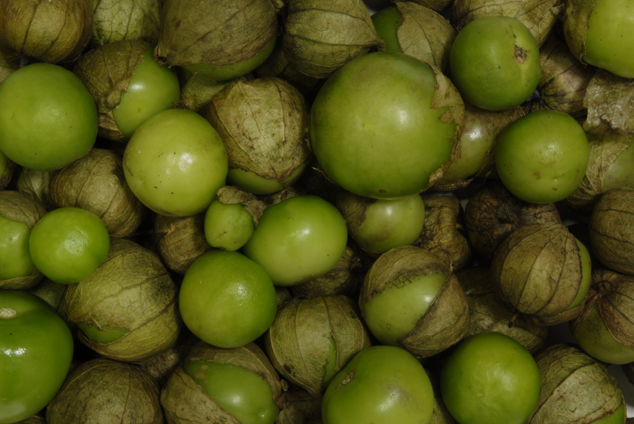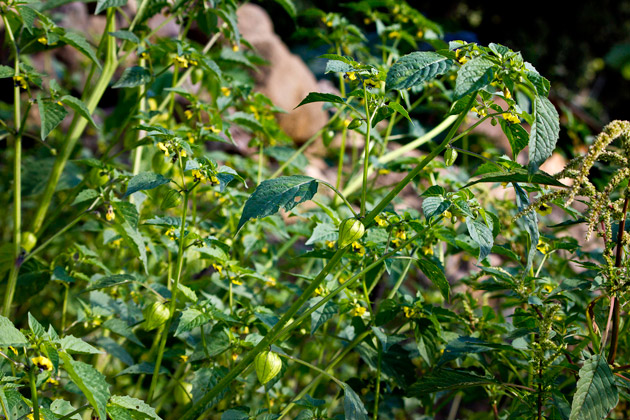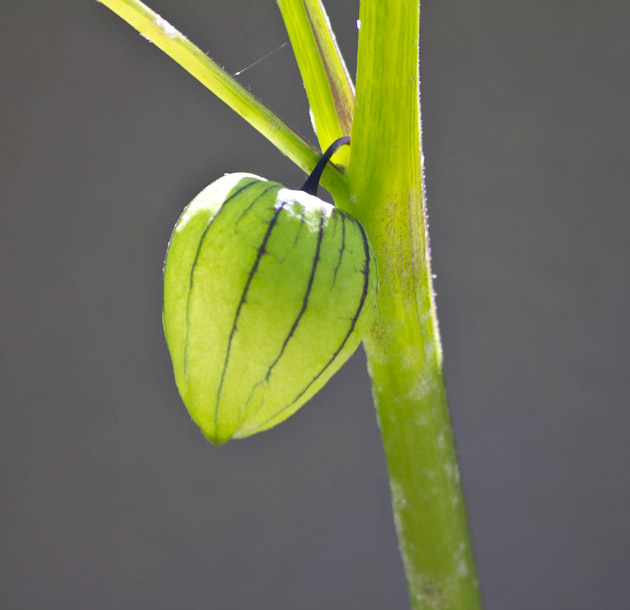I am fully aware of the botanical difference between a fruit and a vegetable. Botanists describe and discuss this in many books, technical articles, and web sites.
This web site is intended to provide photographic material for botanists, both professors, curators, and students. But we also wish to help the millions of lay people who are interested in tropical plants, so we try to be a bit relaxed in our use of words.
For me a fruit hangs from a tree: a vegetable grows on a plant from the ground, or a vine. You tend to cook a vegetable; you tend to eat a fruit raw. Yes, these are informal distinctions, but I prefer to explain up front why I call some a veggie and others a fruit.
A nut is more like a coconut, or even the soft edible pulp surrounding a nut, such as in any seed pod of an Inga tree.
Onions, cabbage, broccoli, potatoes are all non-Mesoamerican. Instead the Maya and Aztec and scores of remarkable vegetables that we are photographing one by one as we locate them in house gardens, milpas or native markets.
Chiles
I guess you could consider chiles more a spice rather than a vegetable. Either way, we are preparing an entire web page on chiles of Guatemala, especially chile chocolate. Here in Guatemala I raise diente del perro and the smaller one, chiltepe.
Chiles in a local market in San Juan Sacatepequez, Guatemala. Photo by Nicholas Hellmuth.
Wiskil, chayote
We have spent days photographing every aspect of wiskil, chayote, perelero. These plants are grown near Guatemala City, less than an hour away. We have probably almost one thousand photographs of these plants.
Wiskil, chayote Sechium edule flower in a plantation near Guatemala City. Photo by Sofia Monzón.
Wiskil, chayote, perulero Sechium edule fruit open and unopened, Photo by Jaime Leonardo, FLAAR office, Guatemala City, Guatemala.
Squash, pumpkins, gourds, zucchini
Flowers and fruits of these vines are featured in the stone sculpture of ballgame art at Bilbao, Cotzumalhuapa; and at Chichen Itza ballcourt sculptures. So we search milpas for these plants, but the flowers open mainly in early morning, so they are tough to find.
Small squash in a local market in Guatemala, Guatemala. Photo FLAAR Archive.
Tomato, tomatillo, tree tomato
Unfortunately the red tomato of today is an aberration of agro-business. But fortunately there are several other tomatos which are closer to the ones that the Maya and Aztec would have used a thousand years ago.
Tomato, Lycopersicum lycopersicum
Tomatillo, tomate verde, Physalis ixocarpa
Tree tomato Cyphomandra betacea, tamarillo
Miltomate, Physalis ixocarpa, Photo by Jaime Leonardo at FLAAR office, Guatemala City.
Miltomate, Physalis ixocarpa, Photo by Sofia Monzon using Canon EOS REBEL T2i at FLAAR office, Guatemala City.
Miltomate, Physalis ixocarpa, Photo by Sofia Monzon using Canon EOS REBEL T2i at FLAAR office, Guatemala City.
First posted August 16, 2011.

